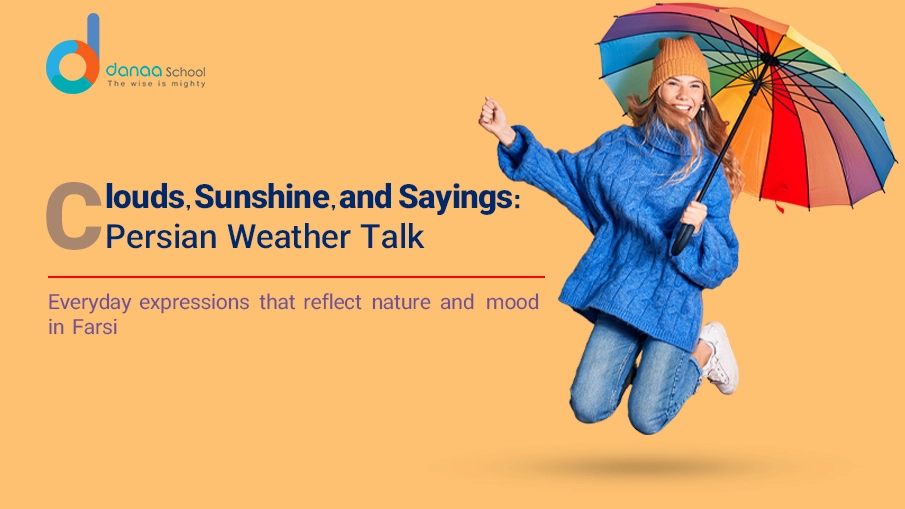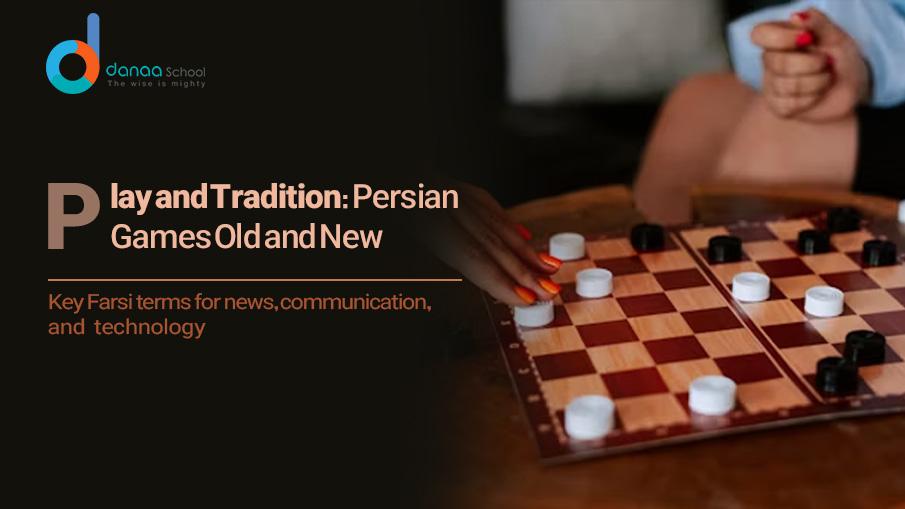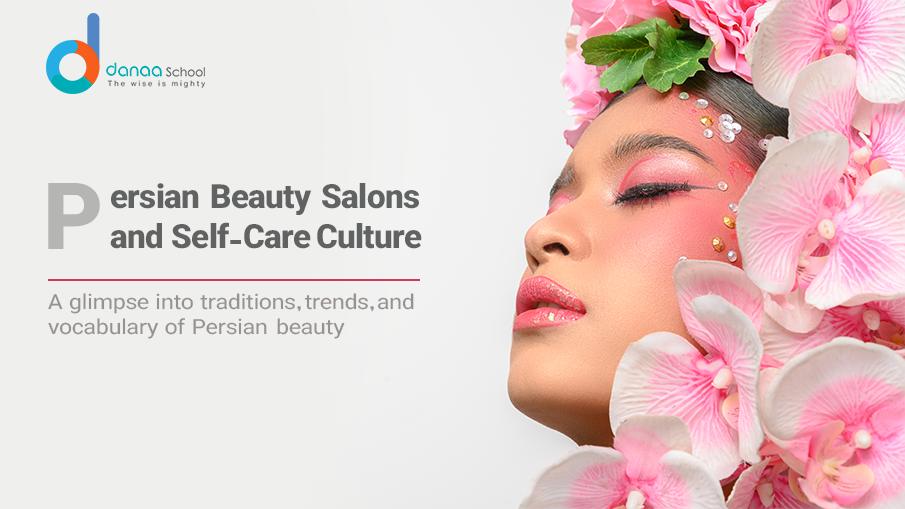Festivals in Iran Other Than Nowruz
Iran is a country rich in culture, history, and traditions. While Nowruz, the Persian New Year, is the most well-known festival, many other celebrations hold deep significance in Iranian society. These festivals reflect the nation’s diverse heritage and provide a glimpse into the customs and beliefs of Persian culture.
Yalda Night: The Longest Night of the Year
Yalda Night, or Shab-e Yalda, is one of the most cherished Iranian celebrations. It marks the longest night of the year, the winter solstice, which falls on December 21st. The festival has its roots in Zoroastrian traditions and symbolizes the victory of light over darkness.
Traditions of Yalda Night
- Families gather to spend the night together.
- They eat pomegranates, watermelons, and nuts, symbolizing health and prosperity.
- Classic Persian poetry, especially the works of Hafez, is read aloud.
Yalda Night is a time for joy, storytelling, and sharing wisdom between generations.
Chaharshanbe Suri: The Fire Festival
Chaharshanbe Suri is an ancient festival celebrated on the last Wednesday before Nowruz. It is a lively event where people jump over bonfires to cleanse themselves of the past year’s misfortunes and welcome a bright future.
Rituals of Chaharshanbe Suri
- Jumping over the fire while reciting: Zardi-ye man az to, sorkhi-ye to az man (May my sickness go to you, and may your warmth come to me).
- Fireworks and lanterns light up the sky.
- People sing and dance in the streets.
This festival is a thrilling experience and a significant part of Iran’s pre-Nowruz celebrations.
Mehregan: The Persian Festival of Love and Friendship
Mehregan, often called the Persian Thanksgiving, is an ancient festival that honors Mithra, the deity of light and friendship. Celebrated in early autumn, it was traditionally one of the most important Zoroastrian festivals.
How Mehregan is Celebrated
- People dress in colorful clothing and exchange gifts.
- Special feasts featuring nuts, pomegranates, and saffron dishes are prepared.
- Families gather and recite poetry to express gratitude and love.
Although not as widely observed today, Mehregan continues to be an essential festival among Zoroastrians and those who appreciate Persian traditions.
Sadeh: Honoring Fire and Warmth
Sadeh is another Zoroastrian festival celebrated 50 days before Nowruz. It is dedicated to fire, which was seen as a symbol of purity and life in ancient Iran.
Key Elements of Sadeh
- Large bonfires are lit to drive away evil spirits and bring warmth to the heart of winter.
- People gather to sing traditional songs and enjoy festive meals.
- Religious prayers and recitations take place in Zoroastrian communities.
Sadeh is a festival that connects Iranians to their ancient roots and celebrates the natural elements.
Tirgan: The Festival of Rain
Tirgan is a summer festival that honors Tishtrya, the rain-bringing deity. It is essential in regions that depend on rainfall for agriculture.
Tirgan Celebrations
- People splash water on each other in a playful way.
- Unique sweets like “Shirini-e Tirgan” are prepared.
- Storytelling sessions recount the legend of Arash the Archer, who is associated with this festival.
Tirgan is a joyful festival that brings communities together to celebrate nature’s gifts.
Sepandarmazgan: The Persian Valentine’s Day
Long before Valentine’s Day became popular, Iranians celebrated Sepandarmazgan, a festival dedicated to love and women. It is rooted in Zoroastrian beliefs and falls on February 17th.
Traditions of Sepandarmazgan
- Men give gifts to women as a token of appreciation and respect.
- Poetry and love letters are exchanged.
- Families spend quality time together, expressing love and gratitude.
Many Iranians today recognize Sepandarmazgan as their traditional Valentine’s Day.
Join Danaa School
Want to immerse yourself more in Persian culture? Learn Farsi with Danaa School and explore the beauty of Iranian traditions through language and storytelling. Join us today!
Conclusion
Iranian festivals reflect the country’s deep cultural and historical roots. Each celebration carries unique customs and stories, connecting modern Iranians to their ancestors. Whether you are interested in ancient Zoroastrian traditions or contemporary Persian festivities, these celebrations offer a rich cultural experience beyond Nowruz.
FAQs
- What is the most important festival in Iran after Nowruz? Yalda Night is considered one of the most significant festivals after Nowruz.
- Why do Iranians celebrate Chaharshanbe Suri? It is an ancient fire festival that symbolizes cleansing away misfortune and welcoming a bright future.
- What is the meaning of Mehregan? Mehregan is the Persian festival of love, friendship, and gratitude.
- Is Sadeh still celebrated in Iran? Yes, Sadeh is still observed, especially by Zoroastrians, as a festival honoring fire and warmth.
- What is the Persian equivalent of Valentine’s Day? Sepandarmazgan is the traditional Persian festival dedicated to love and women.
- Why do people splash water during Tirgan? It is a symbolic way of celebrating rain and honoring Tishtrya, the rain deity.
- How do Iranians celebrate Yalda Night? Families gather to eat watermelon and pomegranates, recite poetry, and enjoy storytelling until midnight.
These festivals offer an excellent insight into Iranian culture and traditions, making them a great way to learn more about the country’s heritage.









